Holes in rhododendron leaves can be a sign of many things, some of which are more serious than others. In this blog post, we will discuss the most common reasons for holes in rhododendron leaves and how to solve the problem. If you are seeing holes in your rhododendron leaves, read on for information that can help!
Why Are There Holes in My Rhododendron Leaves?
Pests are the most common cause of holes in rhododendron leaves. Aphids, weevils, lace bugs, and thrips are all common culprits. These pests can cause serious damage to your rhododendron plant, and if left unchecked, can kill it.
If you suspect that pests are the cause of holes in your rhododendron leaves, inspect the plant carefully for signs of bugs or larvae. The pests by be hiding on the underside of the leaves or in the stems.
Many of these pests wait until nighttime to feed, so it can be helpful to inspect your plant in the evening with a flashlight. If you see any pests, remove them by hand or treat the plant with an insecticide.
How to Treat Rhododendron Leaves with Holes?
It’s important to remove the pests from your plant as soon as possible to prevent further damage. You can remove pests by hand or treat the plant with an insecticide.
If you see any larvae on the plant, pick them off and dispose of them. If you find any eggs, scrape them off with a blunt object like a spoon.
My favorite way to get rid of rhododendron pests is to use neem oil (Amazon link), which is a natural and safe insecticide.
Simply mix neem oil with water according to the instructions on the bottle, and then spray it on your plant. The neem oil will kill the pests and prevent them from coming back. Spray all areas of the plant, including the underside of the leaves.
You should see a noticeable difference within a few days, but continue spraying for at least two weeks to make sure all of the pests are gone.
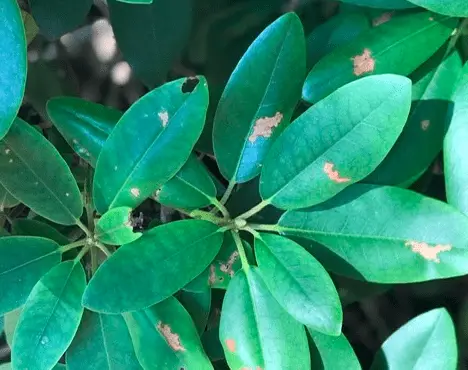
How to Keep Pests Away From Rhododendron Leaves?
Once the pests are gone, holes in rhododendron leaves will no longer be a problem. However, you should continue to inspect your plant regularly for signs of pests so that you can catch them early and prevent further damage.
The best way to keep pests away is to practice good plant care. This includes watering the plant regularly, fertilizing it with a high-quality fertilizer, and pruning it properly. You should also avoid handling the plant too much, as this can spread pests from other plants.
In addition, keep your garden clean and free of debris. This will help to prevent pests from taking up residence near your rhododendron, and then making their way to the plant.
What Else Causes Holes in Rhododendron Leaves?
It’s not just pests that can cause holes in rhododendron leaves – there are a number of other potential causes, including:
Disease
There are a number of diseases that can cause holes in rhododendron leaves, the most common of which is leaf spot. Leaf spot is caused by a fungus, and it results in small brown or black spots on the leaves. These spots eventually turn into holes, causing the leaves to fall off.
If you think your plant has leaf spot, inspect the leaves carefully for signs of the fungus. If you see any, remove the affected leaves and dispose of them. You can also treat the plant with a fungicide to prevent the disease from spreading.
Again, neem oil is a great option, as it is both a fungicide and an insecticide.
Physical Damage
Holes in rhododendron leaves can also be caused by physical damage. This can happen if the plant is hit by something, or if the leaves are chewed on by animals.
If you think physical damage is the cause of holes in your rhododendron leaves, inspect the plant carefully for signs of trauma. The good news is that there aren’t any problems to fix – the plant will simply need time to heal.
In most cases, the plant will produce new leaves that are not damaged. However, if the damage is severe, you may need to prune away the affected branches.
Environmental Stress
Holes in rhododendron leaves can also be caused by environmental stress, such as too much sun or wind exposure. Sun scorch, for example, is a common problem in plants that are grown in full sun. This results in small brown spots on the leaves, which eventually turn into holes.
To prevent environmental stress, make sure to choose a location for your plant that offers some protection from the elements. If you live in an area with hot summers, it’s best to grow rhododendron in partial shade.
Should I Prune Rhododendron Leaves with Holes?
In most cases, there is no need to prune rhododendron leaves with holes. The plant will eventually produce new leaves that are not damaged.
However, if the damage is severe or if the plant is infested with pests, you may need to prune away the affected branches. This will help to prevent further damage and allow the plant to focus its energy on producing new growth.
When pruning, be sure to sterilize your pruning shears with rubbing alcohol before and after use. This will help to prevent the spread of disease.
Conclusion
In conclusion, holes in rhododendron leaves are usually caused by pests, but disease, physical damage, or environmental stress can also be to blame.
Neem oil is a great option for treating pests and any fungal disease, as it is both a fungicide and an insecticide.
I hope this article was helpful in troubleshooting the problem with your rhododendron. As always, happy gardening!
Tim is an avid gardener from the UK. He was the founder of PlantCarer.com from 2021 to Sep 2023. He sold PlantCarer.com to Aaron. He has since started his own business called Seed To Supper, which provides new gardeners all the materials you need in a box (pots, seeds, compost and instructions) to grow your own delicious and nutritious vegetables and herbs from start to finish – no garden required.



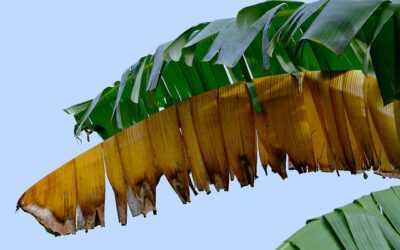

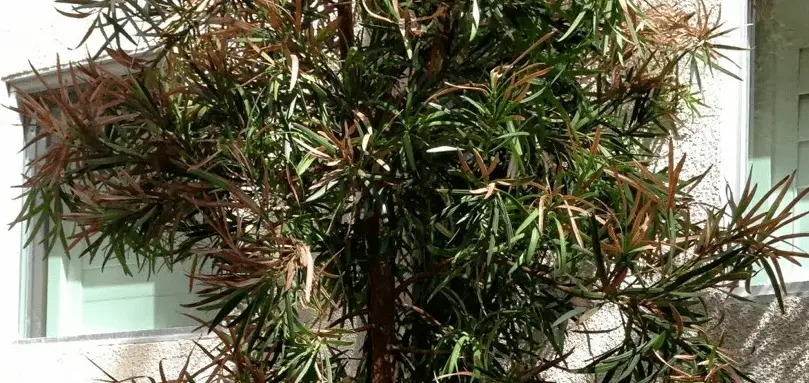
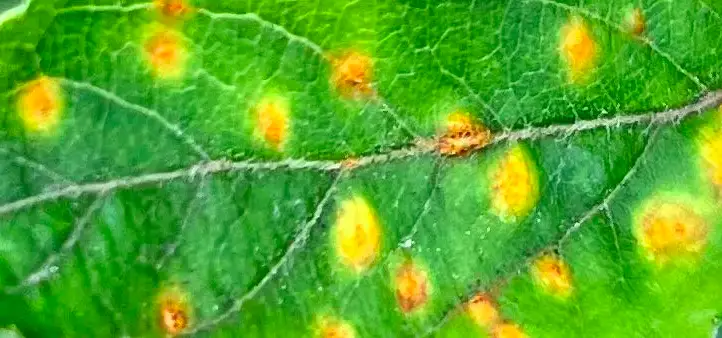
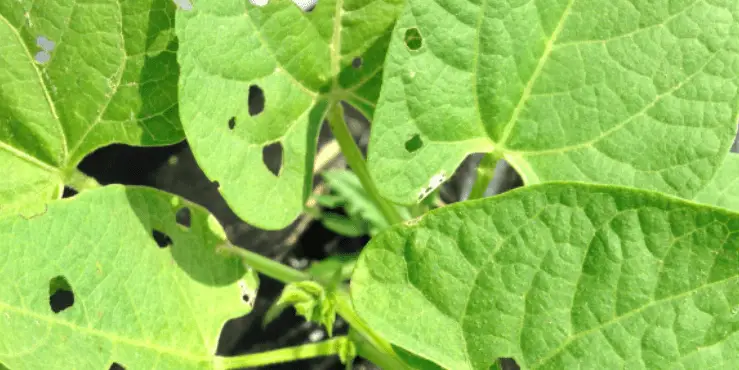
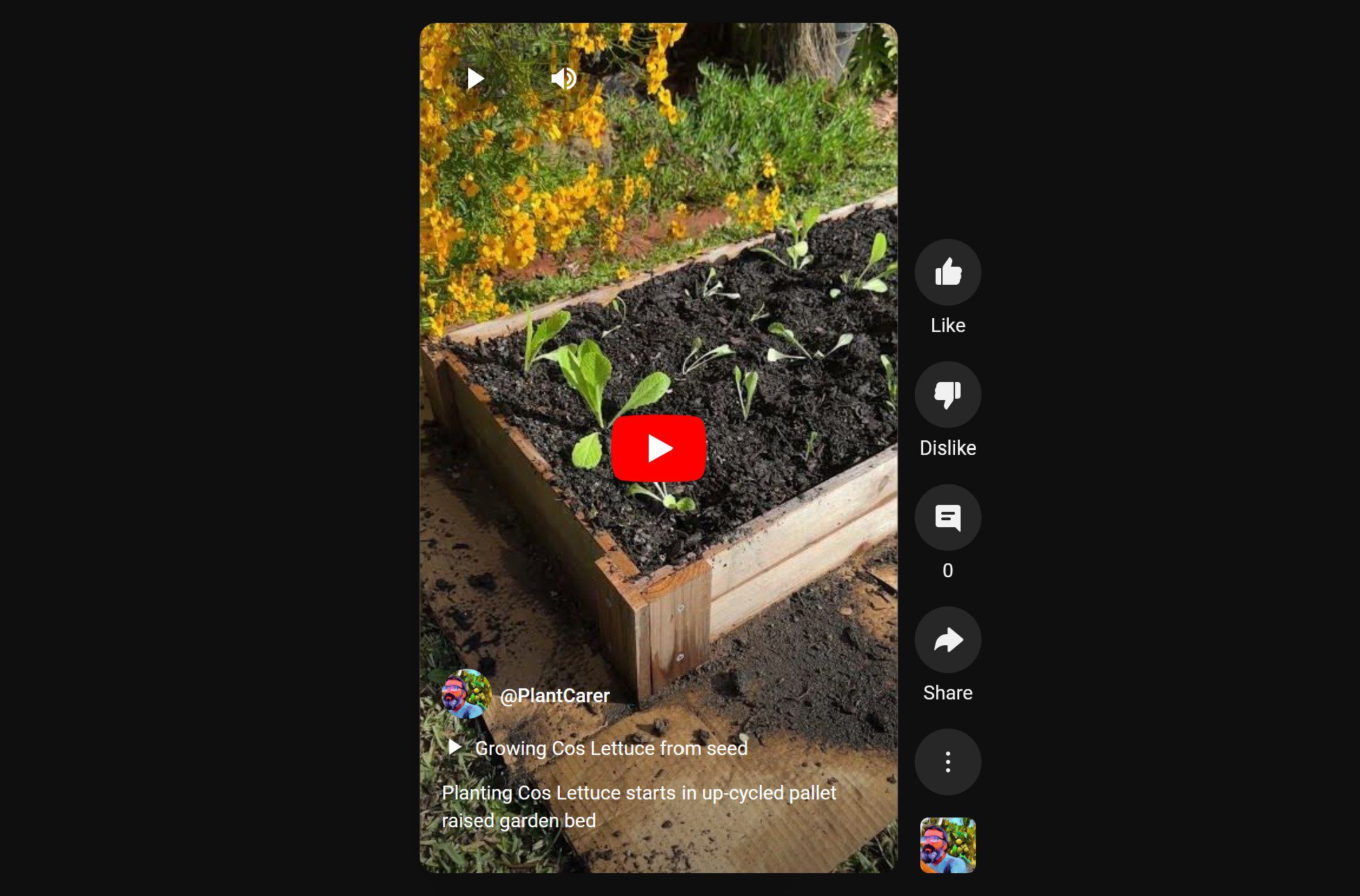
0 Comments